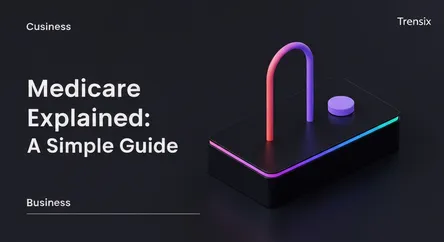Business
Medicare Explained: A Simple Guide

What is Medicare? Understand the federal health insurance program for people 65+, its different parts, and why it's a key economic topic.
What is it?
Medicare is the United States' federal health insurance program primarily for people who are 65 or older. It also covers certain younger people with disabilities and individuals with End-Stage Renal Disease. The program is divided into several parts to cover specific services. Part A is hospital insurance, Part B covers medical insurance like doctor visits, Part C (Medicare Advantage) are private plans that bundle A and B, and Part D covers prescription drugs. It's a crucial component of the social safety net and a cornerstone of financial planning for retirement in the U.S.
Why is it trending?
Medicare is a constant topic due to major demographic and political shifts. The large Baby Boomer generation is aging into eligibility, increasing enrollment and placing financial pressure on the program's long-term stability. This makes Medicare a central issue in federal budget discussions and debates about healthcare reform. Furthermore, the annual open enrollment period sees a surge in interest as millions of seniors compare plans. Ongoing discussions about expanding benefits and negotiating prescription drug prices also keep Medicare in the economic and political spotlight.
How does it affect people?
For over 60 million enrolled Americans, Medicare provides essential access to healthcare, significantly reducing the financial risk of high medical costs in retirement or with a disability. For taxpayers, contributions through payroll taxes are a mandatory part of funding this system. On a broader economic scale, Medicare is a massive force in the healthcare industry. Its reimbursement rates and coverage decisions directly influence the revenues of hospitals, doctors, and insurance companies, shaping the delivery of medical services nationwide and impacting the overall national economy.